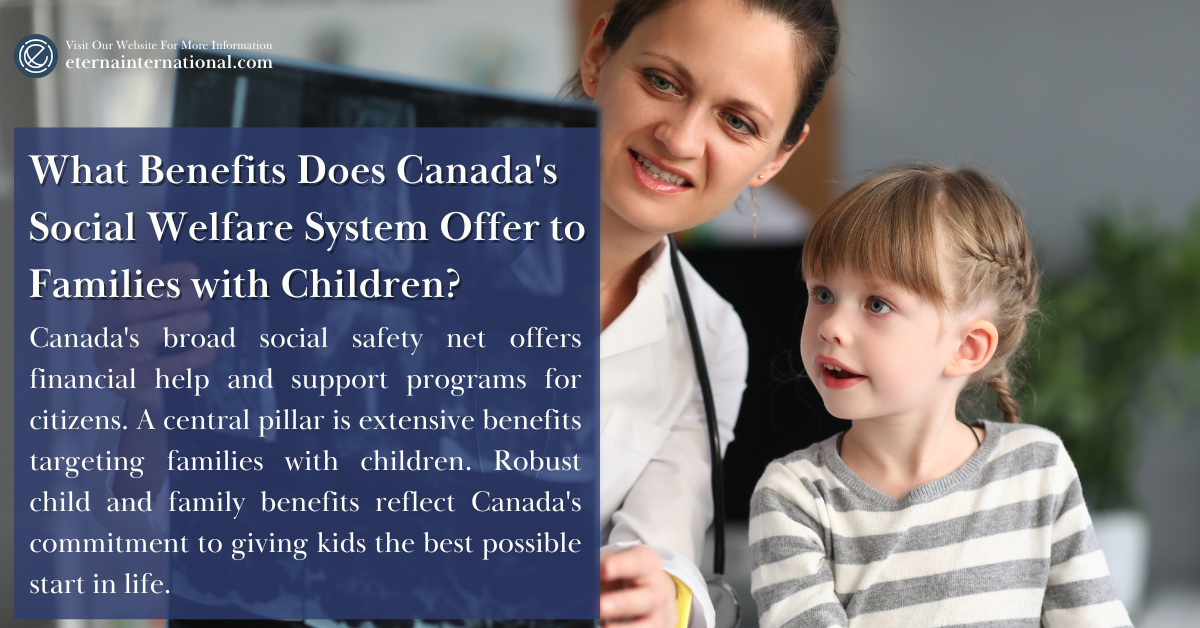Canadian social welfare system offers financial help and support programs for citizens through federal, provincial, and territorial systems. A central pillar is extensive benefits targeting families with children. Robust child and family benefits reflect Canada’s commitment to giving kids the best possible start in life.

The key component is the benefits for families with children:
1. Canada Child Benefit (CCB)
The Canada Child Benefit is a tax-free monthly payment made to eligible families to help with the costs of raising children under 18 years of age. The CCB can provide over $500 per month per child based on the family’s income and number of children. Low and middle-income families receive the most from the program.
The amount of CCB depends on the adjusted family net income and number of children. For example, for the 2022-2023 benefit year, the maximum annual CCB is $6,997 per child under age 6 and $5,987 per child aged 6 through 17. The benefit starts being phased out at a family net income of around $32,000.
The CCB provides substantial financial assistance directly to families monthly. It helps lift many lower-income households out of poverty and eases the financial burden of raising kids for middle-class families as well. The CCB is an important pillar of the Canadian social safety net for families.
2. Canada Child Disability Benefit
The Canada Child Disability Benefit provides extra tax-free assistance to qualified families caring for children under age 18 with severe and prolonged impairments in physical or mental functions. The CDBC can provide up to $3,173 ($264.41 per month) per eligible child.
To receive the CDBC, children must be eligible for the disability tax credit. Parents must provide supporting documentation confirming the child’s eligibility. Children may qualify if they have significant restrictions in seeing, speaking, hearing, walking, feeding/dressing, mental functions, and life-sustaining therapy.
The CDBC supplements the Canada Child Benefit to help address the extra costs of caring for children with disabilities. It contributes toward expenses like specialized care, therapy, transportation, educational support, medical equipment, and home modifications. This important benefit helps relieve some of the emotional and financial strain for Canadian families caring for children with disabilities.
3. Child Care Expense Deduction
The Child Care Expense Deduction allows eligible parents to deduct childcare costs from their overall income when filing taxes. This provides tax relief to help offset the costs of supervised care for children under age 16 or dependent relatives with mental/physical impairments.
To claim the deduction, receipts must be provided for eligible childcare expenses such as daycare, day camps, boarding schools, nanny services, and certain other care. There are limits based on the type of expense. For example, in 2022, the maximum federal deduction for children under 7 is $8,000 per year while the limit for children 7-16 is $5,000.
The Child Care Expense Deduction provides a way for working parents to recover some of the substantial costs required for supervised care while they are employed. It encourages parents, especially mothers, to remain in the workforce while raising young children. The deduction is an important tax-based benefit that reflects the childcare needs of modern families.
4. Maternity and Parental Leave
Maternity and parental leave in Canada provides income support through the Employment Insurance system to new parents taking time off work. There are federal standards for maternity and parental leave, with additional provincial benefits in some regions.
For maternity leave, biological mothers can receive up to 15 weeks of EI benefits equal to 55% of their average weekly earnings up to $638 per week. For parental leave, biological or adoptive parents can split up to 40 weeks of benefits. Combined, new parents can access up to 55 weeks of partially paid leave.
Canada’s maternity and parental leave policies enable mothers and fathers to take substantial time off work to care for a newborn or adopted child. It promotes parent-child bonding while providing income assistance during the leave. The policies support women’s labor force participation and gender equality. Leave benefits are an important social program helping new parents.

5. Provincial Child Benefits
In addition to the national Canada Child Benefit, many provinces and territories in Canada offer supplemental child benefits to support lower-income families with the cost of raising children. These provincial child benefits are provided through tax-free monthly payments.
For example, the BC Family Bonus provides up to $1,600 annually for a child under 6 while Ontario’s Child Benefit provides $1,472 per child. Similarly, New Brunswick has the New Brunswick Child Benefit and Quebec provides a Child Assistance payment. Rates and eligibility vary across provinces.
Provincial child benefits help address child poverty by targeting money for disadvantaged families in need. They top-up federal child benefits. The combined federal and provincial supports recognize the challenges low-income households face in caring for and providing for children.
6. Healthcare
Under Canada’s national health system, all children receive essential medical services free of charge through provincial and territorial health insurance plans. This includes visits to family doctors, pediatricians, hospitals, and emergency care.
Preventive care like immunizations, well-baby checkups, and physical exams are fully covered. When children have acute or chronic health issues, the plans pay for necessary doctor and hospital care. Critical procedures, surgeries, and therapies are covered when medically required. No child is denied or delayed care in Canada due to inability to pay.
Canada’s universal healthcare system ensures that all children can access health services to stay well. By removing financial barriers, children get the physical and mental healthcare they need for a strong start in life. Healthcare is considered a fundamental human right.
7. Prescription Drug Coverage
While Canada has universal health coverage, prescription medications are not part of the basic national plan. However, provinces and territories provide supplementary drug plans that assist children in low-income families.
For example, Ontario covers 100% of prescription costs through the Ontario Drug Benefit program for kids under age 25 in families on social assistance or with high prescription costs relative to income. Other provinces have similar plans, though eligibility rules and specifics vary.
These public drug plans ensure children in financial need can get necessary medications for acute and chronic conditions regardless of cost. They prevent vulnerable families from having to choose between paying for prescriptions or other necessities like food and rent. Access to medicines helps keep kids healthy and active.
8. Dental and Vision Care
Some Canadian provincial programs help cover dental and vision care for children in low-income households who could not otherwise afford these services. This includes basic dental checkups and procedures as well as prescription eyeglasses.
In Ontario, the Healthy Smiles program provides free basic dental services for qualifying children up to age 17. British Columbia’s Healthy Kids program covers dental and vision for children under 19 in families receiving income or disability assistance. Other provinces have similar programs.
These dental and vision benefits recognize these services as essential for health, not optional. They aim to support healthy development and school readiness by providing access to dental and vision care for disadvantaged children who need it most.

Canada’s social welfare programs and benefits for families reflect the nation’s commitment to supporting parents in raising healthy, well-educated children. The system aims to reduce financial barriers to essential needs like childcare, medical care, and education.



